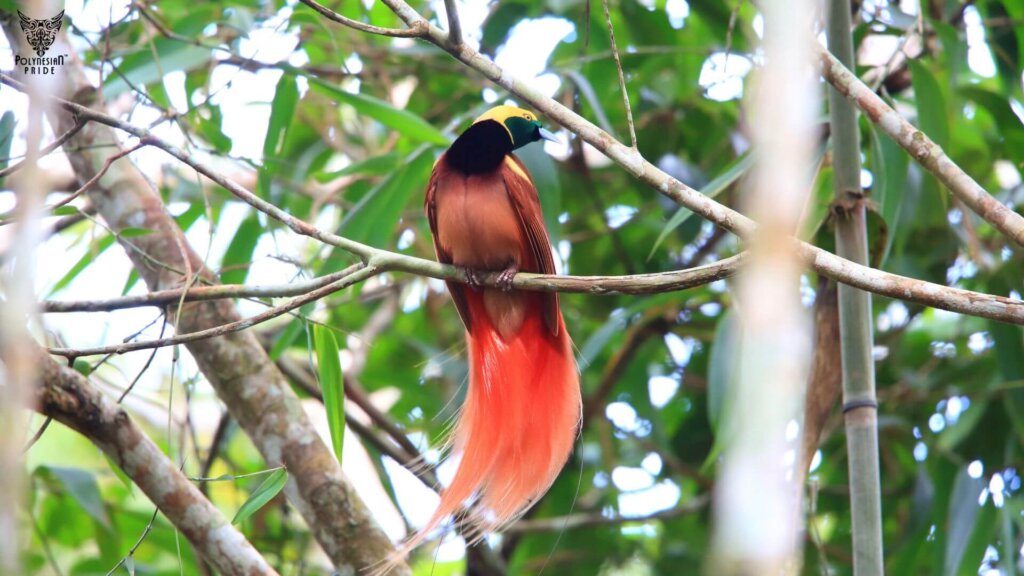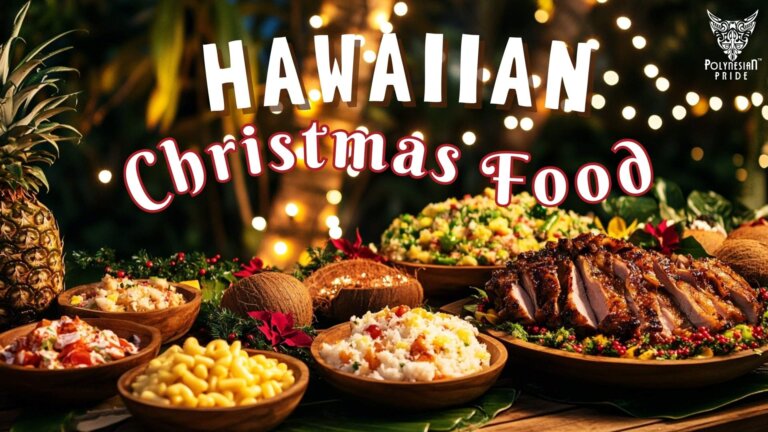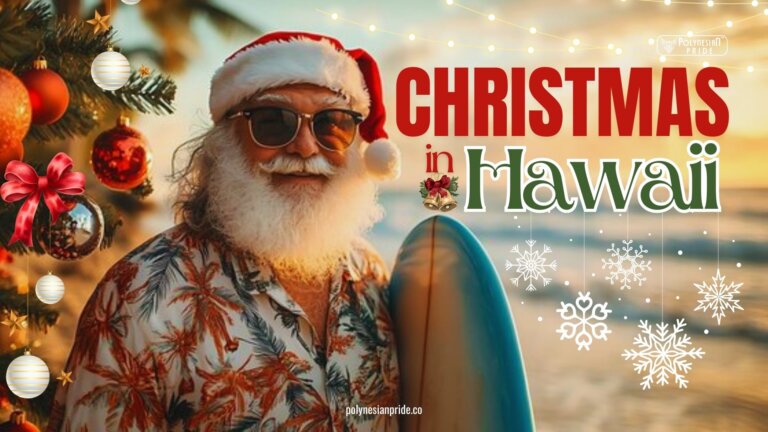Best Time To Visit Papua New Guinea: The Ultimate Guide

INTRODUCTION
The best time to visit Papua New Guinea depends on what you want to experience, whether it’s trekking through lush rainforests, diving in crystal-clear waters, or immersing yourself in vibrant cultural festivals.
In this ultimate guide, we’ll help you discover the optimal months for each activity and region, ensuring you make the most of your adventure in this captivating country.
I. A Brief Overview of Papua New Guinea
Geography and Landscape
Papua New Guinea is a country of remarkable diversity, encompassing over 600 islands and boasting a wide range of landscapes. From towering mountain ranges to lush rainforests, pristine beaches, and active volcanoes, the country offers a visual feast for nature enthusiasts.
- Mountainous terrain: The rugged highlands of Papua New Guinea include the Owen Stanley Range, home to the famous Kokoda Track.
- Coastal areas: The country features extensive coastlines with beautiful beaches, coral reefs, and mangrove swamps.
- Rivers and waterways: Major rivers like the Sepik and Fly Rivers play crucial roles in local culture and transportation.

Cultural Richness
The diversity of Papua New Guinea culture is well known to the world. Over 800 indigenous languages are spoken across the country. This linguistic variety reflects the rich tapestry of traditions, customs, and artistic expressions found throughout the nation.
- Traditional societies: Many communities maintain strong ties to ancestral practices and beliefs.
- Artistic heritage: Papua New Guinea is famous for its intricate wood carvings, vibrant textiles, and elaborate ceremonial costumes.
- Ancient history: Archaeological evidence suggests that agriculture in the region dates back an impressive 9,000 years.

II. Best Time to Visit Papua New Guinea
Choosing the best time to visit Papua New Guinea can greatly enhance your travel experience.
Dry Season (November to April)
The dry season, generally considered the best time to visit Papua New Guinea, is ideal for outdoor enthusiasts and those interested in exploring the country’s natural wonders. Weather conditions during this season feature lower rainfall and humidity, clearer skies, better visibility, and temperatures ranging from 20°C to 30°C (68°F to 86°F).
The advantages of visiting during the dry season include perfect conditions for trekking and hiking, such as on the Kokoda Track, improved road conditions for overland travel, and excellent visibility for snorkeling and diving.
Popular activities during this time include:
- Exploring national parks and wildlife reserves.
- Engaging in cultural tours and village visits.
- Enjoying beach holidays on the coastal islands.

Wet Season (May to October)
During the wet season from May to October, Papua New Guinea experiences higher rainfall, particularly in coastal and lowland areas, increased humidity, and temperatures ranging from 23°C to 31°C (73°F to 88°F). Despite the wetter conditions, this season offers unique experiences and opportunities for travelers.
The advantages include:
- Lush, green landscapes.
- Spectacular waterfalls at their fullest.
- Fewer tourists.
- Potential discounts on accommodations.
Seasonal highlights during the wet season encompass traditional festivals and cultural events, river cruises with higher water levels, and birdwatching opportunities as migratory species arrive.
III. Best Time to Visit Papua New Guinea’s Outdoor Activities
Papua New Guinea’s diverse landscape offers a wide range of outdoor activities throughout the year.
Trekking and Hiking (June to September)
The heart of the dry season provides the best time to visit Papua New Guinea’s rugged terrain on foot.
Popular treks
- Kokoda Track: A challenging 96-kilometer trail through the Owen Stanley Range
- Mount Wilhelm: Climbing Papua New Guinea’s highest peak (4,509 meters)
- Black Cat Track: A less crowded alternative to the Kokoda Track
Advantages of trekking during these months
- Drier trails and reduced risk of landslides
- Clearer views of landscapes and scenic vistas
- More comfortable camping conditions

Diving and Snorkeling (April to November)
The waters surrounding Papua New Guinea offer world-class diving and snorkeling opportunities, with the best conditions typically found during the dry season.
Top diving destinations
- Kimbe Bay: Known for its vibrant coral reefs and diverse marine life
- Milne Bay: Famous for muck diving and unique critters
- Tufi: Offers spectacular fjords and offshore reefs
Underwater highlights
- Colorful coral gardens
- WWII wrecks
- Diverse marine species, including rare critters and pelagic fish
Diving considerations
- Water temperatures range from 26°C to 30°C (79°F to 86°F)
- Visibility can exceed 30 meters during the dry season
- Some sites may require advanced diving certifications

IV. Best Time to Visit Papua New Guinea’s Cultural Events
Papua New Guinea’s cultural calendar is filled with vibrant festivals and traditional events throughout the year. These celebrations offer visitors a unique opportunity to experience the country’s rich heritage and diverse customs.
Dry Season Festivals (May to October)
The dry season hosts some of Papua New Guinea’s most famous and accessible cultural events.
Mount Hagen Cultural Show (August)
- One of the largest gatherings of Papua New Guinea’s tribal groups
- Features elaborate costumes, traditional dances, and sing-sings
- Attracts thousands of visitors from around the world
Goroka Show (September)
- Showcases the cultures of the Eastern Highlands Province
- Includes parades, music performances, and craft exhibitions
- Coincides with Papua New Guinea’s Independence Day celebrations
Morobe Agricultural Show (October)
- Combines cultural displays with agricultural exhibitions
- Features traditional dance competitions and local produce displays
- Held in Lae, the country’s second-largest city

Wet Season Cultural Events (November to April)
While less frequent, wet season festivals offer a more intimate and authentic cultural experience.
Crocodile Festival (February)
- Celebrates the cultural significance of crocodiles in the Sepik River region
- Includes canoe races, traditional dances, and handicraft demonstrations
- Provides insight into the spiritual beliefs of Sepik River communities
Mask Festival (July)
- Held in Rabaul, East New Britain Province
- Showcases the elaborate masks and costumes of the Tolai people
- Features night-time fire dances and daytime parades
Kenu and Kundu Festival (November)
- Celebrates the maritime traditions of the Milne Bay Province
- Includes canoe races, traditional dancing, and sailing demonstrations
- Offers a glimpse into the marine culture of Papua New Guinea’s islands

V. Best time to Exploring Wildlife in Papua New Guinea
One fact about Papua New Guinea is that its diverse ecosystems support a remarkable array of wildlife, making it a paradise for nature enthusiasts and researchers alike.
Rainforest Exploration (Year-round)
Papua New Guinea’s lush rainforests are home to an incredible variety of plant and animal life, including many species found nowhere else on Earth.
Key rainforest areas
- Varirata National Park: Located near Port Moresby, offering accessible wildlife viewing
- Tari Basin: Home to numerous Birds of Paradise species
- Crater Mountain Wildlife Management Area: A remote and biodiverse region
Marine Life Encounters (Seasonal)
The waters surrounding Papua New Guinea are teeming with marine life, offering world-class diving and snorkeling experiences.
Marine life:
- Whale watching: July to October for migrating humpback whales
- Turtle nesting: November to February on certain beaches
Prime marine habitats
- Kimbe Bay: Part of the Coral Triangle, known for its high biodiversity
- Milne Bay: Famous for muck diving and unique marine species
- Madang: Offers a mix of reef diving and WWII wrecks
Birdwatching Opportunities (May to October)
Papua New Guinea is a birdwatcher’s paradise, with over 700 species of birds, including many endemic species.
Prime birdwatching locations:
- Varirata National Park
- Tari Valley
- Mount Hagen area
- Kiunga-Tabubil region

VI. What to Eat in Papua New Guinea
Papua New Guinea’s culinary offers a unique blend of traditional ingredients and cooking methods influenced by the country’s diverse cultures and abundant natural resources.
Traditional Staples
- Saksak: is a traditional sago pudding made from sago palm starch and often wrapped in banana leaves. It can be sweet or savory, depending on the preparation.
- Mumu: is a method of cooking food in an earth oven that typically includes a combination of meat, vegetables, and root crops, imparting a unique smoky flavor to the dishes.
- Kauka (sweet potato): is a staple food in many regions, prepared in various ways including boiling, roasting, and frying.
Visit local markets
Experience the vibrant atmosphere of village and town markets where you can sample fresh produce and local specialties. Interact with vendors to learn about traditional ingredients and immerse yourself in the local culture.
Participate in a mumu feast
Join a community event or arrange through a tour operator to observe the traditional cooking process, especially the mumu feast. Experience a variety of dishes cooked in the earth oven and enjoy the flavors.
Try betel nut
In Papua New Guinea, a traditional stimulant widely consumed is betel nut. It is chewed with lime and mustard seed. However, betel nut can pose health risks and may not be suitable for all visitors.

VII. Budget Considerations
After choosing the best time to visit Papua New Guinea, here the part we need to make a budget plan.
Accommodation Costs
Hotel prices in Papua New Guinea can change depending on amenities, dates, and location. Based on data from 29 hotels, the average price is $145, and the median price is $135. For a three-day stay, the average cost is $436.
Budget tips:
- Consider staying in locally-owned guesthouses for a more authentic experience.
- Book in advance during peak seasons and festival periods
- Look for package deals that include accommodation and activities
Transportation Costs
Getting around Papua New Guinea can be challenging and expensive due to limited infrastructure and the country’s geography.
Domestic flights:
- Often necessary for traveling between regions
- Prices range from $100 to $300 for one-way flights
Ground transportation:
- Public Motor Vehicles (PMVs): Cheap but often crowded and unreliable
- Taxis: Available in major cities, negotiate fares in advance
- Car rentals: Limited availability; expect to pay $80 – $150 per day
Boat travel:
- Essential for reaching some coastal and island destinations
- Costs vary widely depending on distance and type of vessel

Food and Dining Costs
Meal prices in Papua New Guinea can vary, but on average, food costs $22 (PGK 86) per day. Based on past travelers’ spending habits, an average meal when dining out should cost about $8.89 (PGK 35) per person.
Budget tips:
- Try local markets and street food for authentic and affordable meals
- Consider accommodations with kitchen facilities to prepare your meals
- Bring some non-perishable snacks from home for remote areas
Activity and Tour Costs
Organized tours and activities can be a significant part of your budget in Papua New Guinea.
- Cultural tours: $50 – $200 per day
- Trekking expeditions: $1,500 – $3,000+ for multi-day treks
- Diving packages: $150 – $300+ per day
- Wildlife tours: $100 – $250 per day
Money-saving tips:
- Book tours and activities in advance for better rates
- Consider group tours to share costs
- Prioritize your must-do activities and balance them with free or low-cost experiences.
Overall Budget Estimates
- Budget traveler: $100 – $150 per day
- Mid-range traveler: $200 – $300 per day
- Luxury traveler: $400+ per day
When planning your overall budget for a trip to Papua New Guinea, remember to factor in additional costs such as visas, travel insurance, and international flights.
VIII. Travel Tips
Careful planning is essential for a successful and enjoyable trip to Papua New Guinea. Here are some key factors to consider when planning your adventure
Research and Preparation
- Visa requirements: Check if you need a visa and arrange the necessary documentation in advance.
- Health precautions: Consult a healthcare provider for recommended vaccinations and medications.
- Cultural norms: Familiarize yourself with local customs and traditions to show respect during your visit.
- Travel advisories: Stay informed about safety and security updates for different regions.
Packing Essentials
- Lightweight, breathable clothing suitable for tropical climates.
- Sturdy footwear for hiking and outdoor activities.
- Insect repellent and sunscreen to protect against bites and sunburn.
- Travel adapters and chargers for electronic devices.
Safety and Security
- Stay informed about local conditions and follow any travel advisories.
- Keep important documents secure and carry copies of essential paperwork.
- Avoid displaying valuable items openly and be cautious in crowded or unfamiliar areas.

To learn more about safety aspect in Papua New Guinea, visit our detailed article: Is Papua New Guinea Safe To Visit? Safety Tips for Tourists
CONCLUSION
Papua New Guinea is a destination like no other, offering a unique blend of adventure, culture, and natural beauty. While the dry season from May to October is generally the best time to visit Papua New Guinea, each season has its charm and opportunities. By planning your trip around the activities you want to enjoy, you can make the most of your journey to this extraordinary country.
FAQs
What is the best time to visit Papua New Guinea?
The best time to visit Papua New Guinea is in May and October.
What is the best time to visit Papua New Guinea to avoid crowds?
Visiting during the shoulder seasons (April and October) can help you avoid the peak tourist crowds while still enjoying good weather.
Is a hotel in Papua New Guinea expensive to stay in?
Hotel prices in Papua New Guinea can change depending on amenities, dates, and location. Based on data from 29 hotels, the average price is $145, and the median price is $135. For a three-day stay, the average cost is $436.
How long should I spend in Papua New Guinea?
Papua New Guinea is far from most places, so the shortest trips last at least nine days, not including travel time. To recover from the long flight and jetlag and to truly experience PNG life, you can easily spend three weeks there.
What should I wear in Papua New Guinea?
The climate in Papua New Guinea is hot and humid. Lightweight, long-sleeved cotton clothing that is casual and modest is suitable for all occasions.

I am Leilani Miller – I research focusing on Vanuatu – volcanic landscapes, blue holes, coral reefs & rainforests. I have over five years of experience researching and sharing insights on tourism and environmental activism. Explore and experience without limits through my latest article.
Contact information:
Email: [email protected]
Tel: +1 (808) 555-1528






